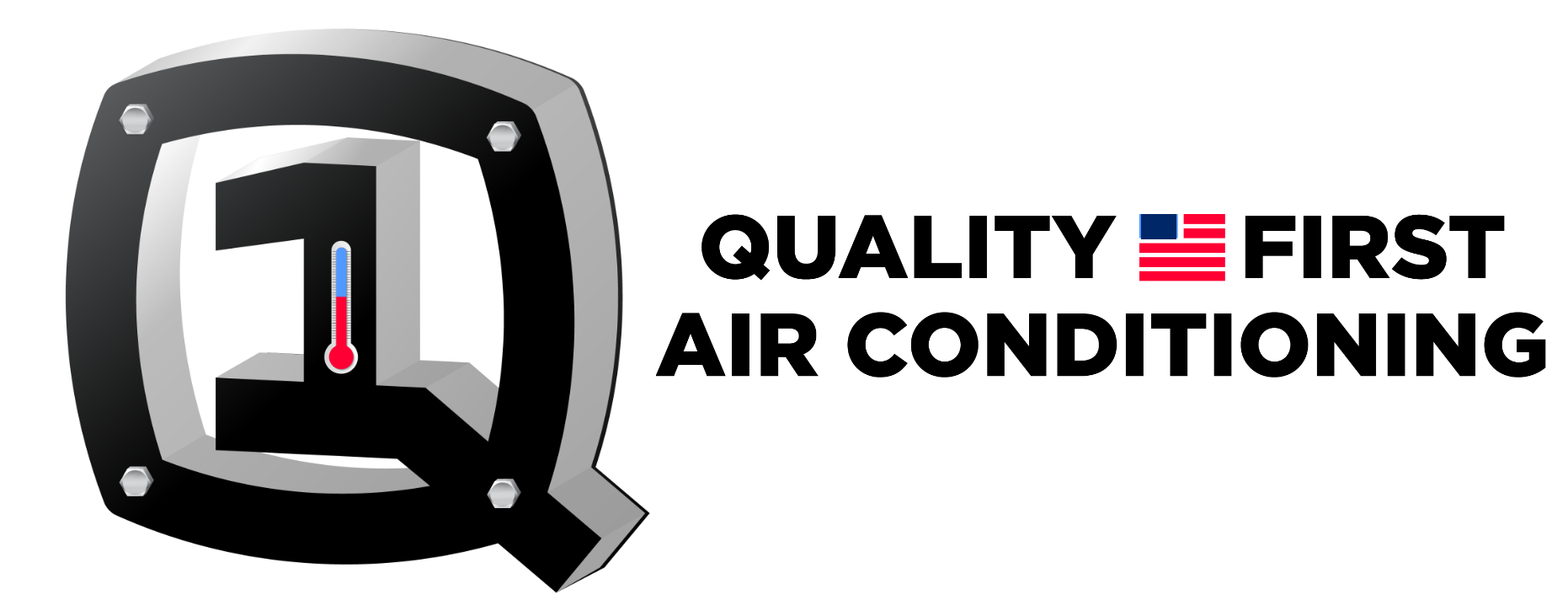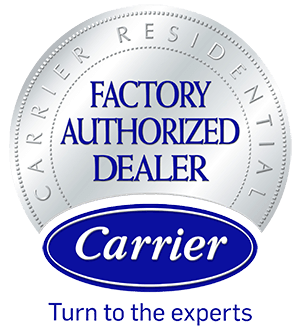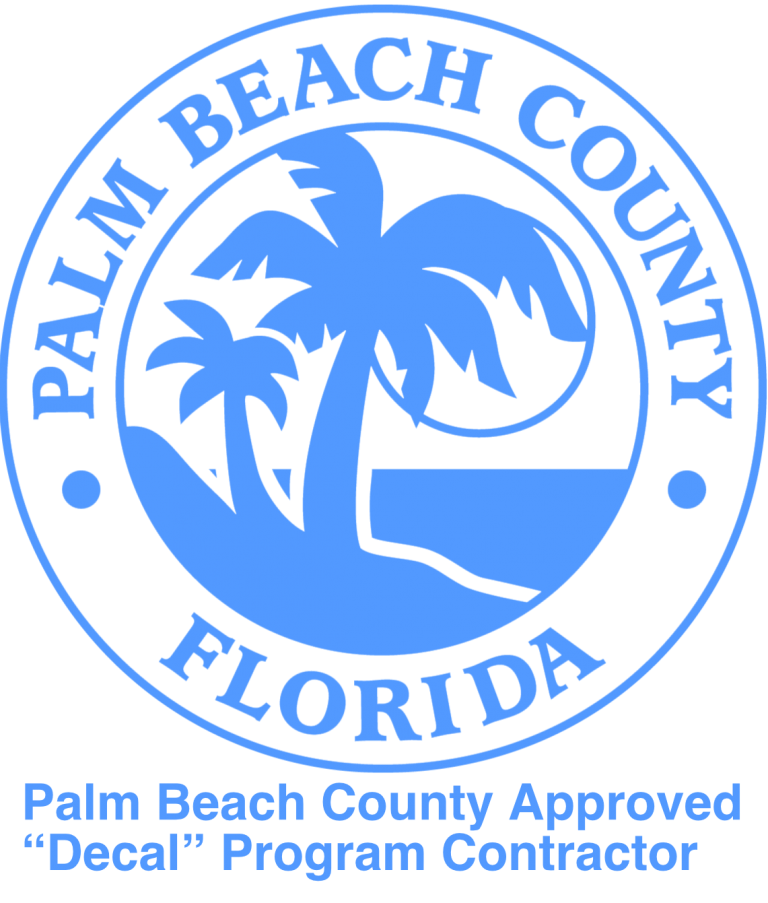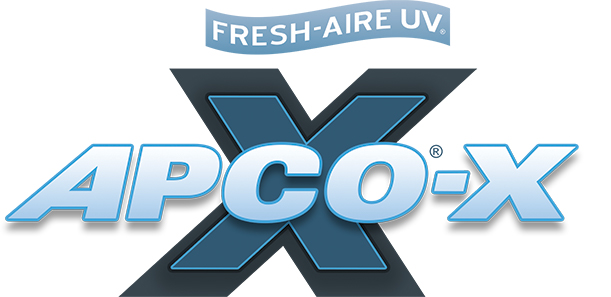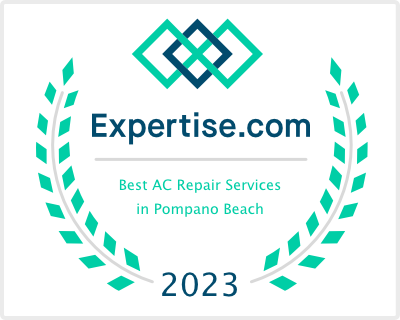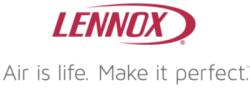-
Does UV Light Create Better Air Quality? 10 Surprising Benefits
Want to freshen up your home without all the hassle? Look no further than UV light! It’s not just for killing germs – it can actually improve your air quality too. Curious how? Let’s dive in!
From reducing airborne pollutants to eliminating odors, UV rays light works wonders for creating a cleaner and healthier environment. Plus, it’s low maintenance and cost-effective. But that’s not all – stay tuned to discover more about the benefits of using UV rays for fresher, cleaner air.
Ready to learn more about how UV rays can transform your indoor air quality? Scroll down for reviews of our top picks!
Neutralizing Airborne Pathogens
UV rays light is a powerful tool in improving air quality by eliminating harmful microorganisms. UV rays effectively target and kill various pathogens present in the air, including bacteria and viruses. The use of UV rays within air purification systems has been shown to neutralize these airborne threats effectively.
One specific type of UV rays, known as UV-C light, stands out for its exceptional ability to disinfect the air by disrupting the DNA of pathogens. This disruption prevents the microorganisms from replicating and causing harm. By targeting the genetic material of these pathogens, UV-C rays ensure that they are unable to survive or spread further in the environment.

Research supports that UV-C rays light is highly effective at destroying a wide range of airborne pathogens, making it an invaluable component in maintaining clean and healthy indoor air quality. Incorporating UV rays technology into air purification systems provides an added layer of defense against potential health risks associated with poor indoor air quality.
The utilization of UV rays for pathogen eradication showcases a proactive approach towards enhancing overall well-being by creating safer environments through advanced disinfection methods.
Reducing Mold and Fungal Growth
UV rays light serves as a potent tool in hindering the growth of mold and fungi indoors. By specifically targeting mold spores, UV rays disrupt their ability to reproduce and disperse throughout the environment. This targeted approach significantly diminishes the presence of these harmful microorganisms.
The application of UV-C rays is particularly effective in mitigating the risks associated with mold-related health issues. Through consistent exposure to UV-C rays, the proliferation of molds can be curtailed, leading to improved air quality within indoor spaces. This reduction in mold and fungal growth not only enhances air quality but also contributes to creating healthier living conditions for occupants.
In studies conducted on the efficacy of UV rays against mold, researchers have observed substantial reductions in airborne mold levels following exposure to ultraviolet radiation. These findings underscore the practical benefits of utilizing UV technology as a preventive measure against mold contamination. By leveraging UV light’s germicidal properties, individuals can foster environments that are less conducive to mold development, thereby safeguarding both property integrity and human well-being.
Eliminating Volatile Organic Compounds (VOCs)
UV light is effective at breaking down volatile organic compounds (VOCs) present in indoor air, transforming them into harmless byproducts. Through a photochemical reaction triggered by UV-C light, VOC molecules are dismantled and rendered inert. This process aids in purifying the air within enclosed spaces.
Enhancing HVAC Efficiency
Incorporating UV lights into HVAC systems significantly boosts overall system efficiency. By preventing the accumulation of organic matter on cooling coils, UV light enhances heat transfer efficiency. This translates to improved performance and energy savings for homeowners.

UV technology plays a crucial role in maintaining clean HVAC components, ensuring optimal system performance over time. With cleaner coils and reduced microbial growth, air conditioning units operate more effectively by using UV rays. This not only improves indoor air quality but also extends the lifespan of the HVAC system.
By enhancing heat transfer efficiency through the prevention of organic buildup on coils, UV lights contribute to lower power consumption and increased cost-effectiveness in heating and cooling operations. Homeowners benefit from reduced energy bills while enjoying better air quality within their living spaces.
The incorporation of UV lights in HVAC systems is a smart investment that pays off both in terms of improved air quality and long-term cost savings for homes.
Lowering Asthma and Allergy Symptoms
UV light in air purification systems is a game-changer for those with asthma or allergies. Here’s how it helps:
-
Reduced Allergens: UV light targets common triggers like dust mites, pollen, and pet dander.
-
Decreased Respiratory Symptoms: By eliminating these allergens, UV technology can lead to a noticeable improvement in respiratory health.
-
Relief for Individuals: Those suffering from asthma or allergies can find significant relief through the use of UV-C light.
The effects of UV light on indoor air quality are particularly crucial for individuals sensitive to airborne particles. By harnessing the power of ultraviolet rays, these systems actively combat the very elements that exacerbate asthma and allergy symptoms.
For example, studies have shown that UV germicidal irradiation effectively reduces airborne fungi levels by up to 95%. This reduction translates to a cleaner environment with fewer potential triggers for respiratory issues.
In homes where traditional cleaning methods may fall short in tackling microscopic allergens, UV technology steps in as an additional line of defense. Its ability to target and neutralize these tiny particles ensures a healthier breathing space for occupants prone to asthma attacks or allergic reactions.
Preventing Spread of Infectious Diseases
UV light is an effective tool in combating the spread of infectious diseases indoors. By utilizing UV technology, airborne germs and pathogens can be neutralized, significantly reducing the risk of illnesses spreading among occupants. Implementing UV-C disinfection measures plays a pivotal role in creating a healthier environment by deactivating viruses and bacteria that may cause harm.
-
UV light kills airborne pathogens, lowering the risk of disease transmission.
-
Deactivating viruses and bacteria through UV technology enhances indoor health.
-
Implementation of UV-C disinfection measures is crucial for preventing the spread of infectious diseases.
In healthcare settings like hospitals where infection control is paramount, UV light has been widely adopted to sanitize surfaces and air effectively. The use of UV technology extends beyond medical facilities; it is also increasingly applied in various environments such as food processing areas to maintain high levels of cleanliness and reduce contamination risks.
Extending Life of Air Filtration Systems
UV light plays a crucial role in prolonging the life of air filtration systems. By incorporating UV-C technology, these systems can maintain cleaner filters for an extended period. This results in improved efficiency and longevity by preventing the accumulation of contaminants and uv rays on the filters.
The use of UV light helps reduce the frequency at which air filters need replacement. This not only saves costs associated with purchasing new filters but also lowers maintenance expenses over time. With less frequent replacements, businesses and homeowners benefit from reduced operational costs.
Moreover, prolonged exposure to UV light ensures that air filtration systems operate optimally for longer periods without compromising their performance. The technology effectively combats mold, bacteria, and viruses using UV rays that could otherwise accumulate on filters and hinder their effectiveness.

Improving Sleep Quality by Reducing Contaminants
UV light plays a vital role in enhancing sleep quality by targeting and eliminating airborne contaminants that can disrupt sleep patterns. These pollutants, such as dust and allergens, are common culprits for causing irritation and discomfort during sleep. By utilizing UV technology to eradicate these irritants, a cleaner and healthier sleeping environment is achieved.
The application of UV-C light specifically in bedrooms can significantly contribute to fostering better sleep quality and overall well-being. This technology acts as a proactive measure against the accumulation of harmful particles and uv rays that may hinder restful sleep. Consequently, individuals exposed to cleaner air due to UV purification are likely to experience improved sleep patterns and wake up feeling more refreshed.
Creating an atmosphere free from contaminants through the use of UV light not only benefits physical health but also has positive implications on mental well-being. A clean sleeping environment promotes relaxation, reduces stress levels, and enhances the overall quality of life for individuals seeking uninterrupted and rejuvenating rest.
Decreasing Odors and Freshening Indoor Air
UV light is effective in breaking down volatile organic compounds (VOCs) that are the culprits behind unpleasant odors. By targeting these molecules, UV technology plays a pivotal role in freshening indoor air quality, making your living or working space more pleasant. Incorporating UV-C light can be particularly beneficial as it helps eliminate persistent odors that traditional air purifiers might struggle to address.
In addition to improving indoor air quality, UV light also aids in neutralizing odor-causing particles from various sources like furniture or cleaning agents. This process ensures that your home remains free of lingering smells and promotes a healthier environment for you and your family. With its ability to tackle odors at their source, UV technology offers a proactive approach to maintaining clean and fresh indoor air.
Supporting Mental Health by Mitigating Microbial Buildup
UV light plays a crucial role in reducing microbial buildup, which is essential for fostering a healthier indoor environment and positively influencing mental health. By utilizing UV technology to minimize exposure to harmful microorganisms, individuals can experience an improvement in their psychological well-being.
Implementing UV-C disinfection measures goes beyond just cleanliness; it creates a safer space that directly supports mental wellness. This proactive approach not only addresses visible dirt but also targets invisible threats like bacteria, contributing significantly to overall air quality.
Research has shown that exposure to certain bacteria can impact mood and cognitive function. Therefore, by employing UV light to combat these microbes effectively, individuals may experience a noticeable enhancement in their emotional state and mental clarity.
Summary
You’ve learned how UV light can neutralize pathogens, reduce mold, eliminate VOCs, enhance HVAC efficiency, and improve indoor air quality. By incorporating UV light technology into your home or workplace, you can create a healthier environment that promotes better sleep, reduces allergies, and supports mental well-being. Take action today to experience the benefits of cleaner air and a fresher living space. Embrace the power of UV light to transform the air you breathe daily.
Frequently Asked Questions
Does UV light effectively neutralize airborne pathogens?
Yes, UV light can efficiently neutralize airborne pathogens like bacteria and viruses by disrupting their DNA structure, preventing them from reproducing and causing harm. It acts as a powerful tool in improving indoor air quality by reducing the presence of harmful microorganisms.
Can UV light help in reducing mold and fungal growth indoors?
Absolutely! UV light is effective in inhibiting mold and fungal growth by targeting their spores and preventing reproduction. By installing UV lights in HVAC systems or specific areas prone to moisture buildup, you can significantly reduce the risk of mold infestation in your home.
How does UV light eliminate Volatile Organic Compounds (VOCs) indoors?
UV light breaks down VOC molecules present in the air into harmless byproducts through a process called photocatalysis. This helps to improve indoor air quality by reducing the concentration of potentially harmful chemicals emitted from household products or building materials.
Will using UV light enhance the efficiency of my HVAC system?
Indeed, integrating UV lights into your HVAC system can enhance its efficiency by keeping coils and ducts free from microbial buildup. By eliminating contaminants that obstruct airflow, UV lights help maintain optimal performance levels, ensuring your HVAC system operates smoothly while promoting cleaner indoor air.
Can exposure to UV rays indoors lower asthma and allergy symptoms?
Yes, exposure to UV light can help lower asthma and allergy symptoms by reducing the presence of allergens such as dust mites, pet dander, or pollen circulating in the air. By minimizing these triggers through improved indoor air quality with UV lights, individuals may experience relief from respiratory issues.
